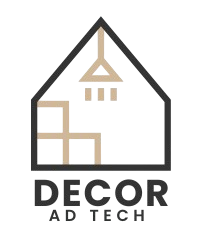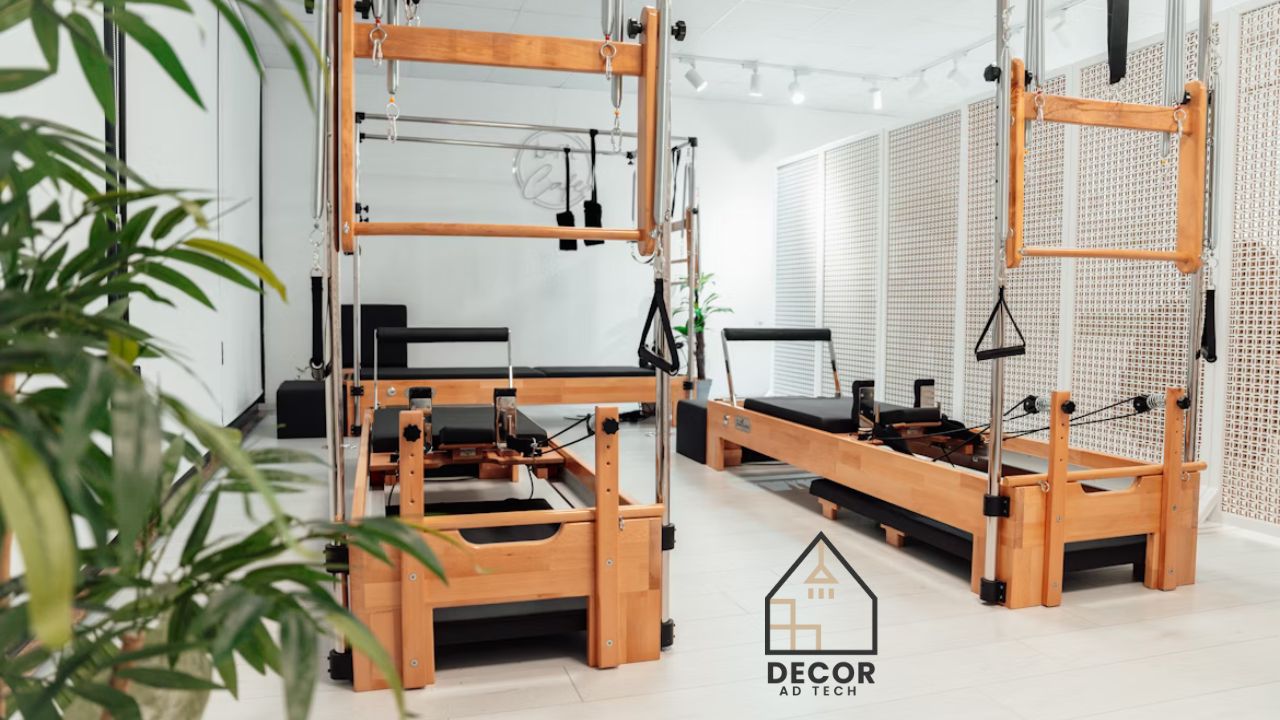Modern home renovations often highlight impressive finishes: sleek kitchens, open living areas, or spa-inspired bathrooms. But behind these stunning results is an unsung hero: heavy lifting equipment. Whether it’s cranes, hoists, rigging slings, or spreader bars, these tools make the difference between a risky, labor-intensive job and a safe, efficient renovation.
From replacing structural beams to installing oversized windows, heavy lifting equipment has become a cornerstone of today’s renovation process. Here’s how it influences the way we transform homes.
The Growing Demands of Home Renovations
Today’s homeowners are expecting more from their living spaces. They want:
- Open floor plans that often involve removing and replacing load-bearing walls.
- Larger windows and sliding doors to allow more natural light.
- Outdoor living areas featuring pergolas, kitchens, or stone fireplaces.
- Additions like second stories or vaulted ceilings.
Each of these demands involves large, heavy materials that require proper lifting and rigging equipment for safe handling.
Why Manual Handling Falls Short
Renovation projects often involve beams, prefabricated walls, stone slabs, or roofing panels. These items are heavy, awkwardly shaped, and dangerous to move by hand. Relying solely on manpower increases the risk of injuries, damages materials, and slows down the project.
Heavy lifting equipment addresses these issues by:
- Reducing physical strain on workers.
- Ensuring materials are balanced and stable during moves.
- Allowing precise placement of critical components.
The Tools Behind Modern Renovations
1. Cranes and Portable Hoists
Cranes are crucial for large projects such as second-story additions or roof replacements. For smaller jobs, portable hoists provide the same controlled lifting capacity in tighter spaces.
2. Rigging Slings and Hooks
Rigging slings and hooks hold materials of all shapes and sizes, from wooden beams to stone countertops. They spread the load evenly, preventing slips and protecting the material itself.
3. Lifting Beams and Spreaders
These tools are used for lifting long or wide materials, such as roof trusses or prefabricated walls. By evenly distributing weight across multiple points, they help keep loads stable and intact.
4. Chain Hoists
Chain hoists offer slow, controlled lifts, ideal for positioning heavy items like steel supports or fireplaces in confined renovation areas.
Real-Life Renovation Applications
Heavy lifting equipment underpins many popular renovation trends.
- Open Concept Living: Removing a wall and replacing it with a structural beam requires cranes, slings, and spreaders to safely hoist and position the new support.
- Window and Door Upgrades: Oversized glass panels and sliding doors are too fragile and heavy to move without rigging gear, which ensures smooth, damage-free installation.
- Outdoor Additions: Installing pergola beams, stone fireplaces, or even hot tubs requires rigging slings and portable cranes.
- Roof Remodels: Installing new trusses, skylights, or solar panels is quicker and safer with the help of lifting equipment.
Safety and Efficiency
The main benefit of using heavy lifting equipment in renovations is safety. Workers are protected from strains, falls, and accidents that happen with manual handling. Properly rigged loads also lower the risk of materials slipping or damaging nearby areas.
But efficiency is just as important. Renovations are often time-sensitive, with families eager to return to their daily routines. Heavy lifting equipment accelerates the process by:
- Requiring fewer workers for heavy tasks.
- Cutting down time spent maneuvering oversized materials.
- Minimizing errors and rework through precise placement.
This means projects are finished more quickly, safely, and usually at a lower overall cost.
Choosing the Right Equipment
Not every renovation calls for a huge crane. The trick is choosing the correct tool for the job.
- Small-scale projects may only require slings and a chain hoist.
- Medium projects, such as installing new roof trusses, could benefit from using lifting beams and portable hoists.
- Large projects, like multi-room additions, may need complete crane setups.
Working with trusted rigging and lifting equipment suppliers ensures access to reliable, properly rated gear that meets safety standards.
Final Thoughts
Modern home renovations go beyond just paint and décor. They include heavy materials, intricate designs, and demanding structural modifications. Without heavy lifting equipment, many of today’s projects simply wouldn’t be feasible or safe.
From supporting open floor plans to raising new rooflines, cranes, slings, hoists, and spreaders are the hidden strength behind every transformation. For homeowners, this means a smoother renovation process, fewer risks, and a final result that’s built to last.
Admin Recommendation
How to Upgrade My Home Decoradtech
Decoradtech Smart Home Ideas by DecoratorAdvice
DecorAdTech Smart Home Ideas by DecoratorAdvice











